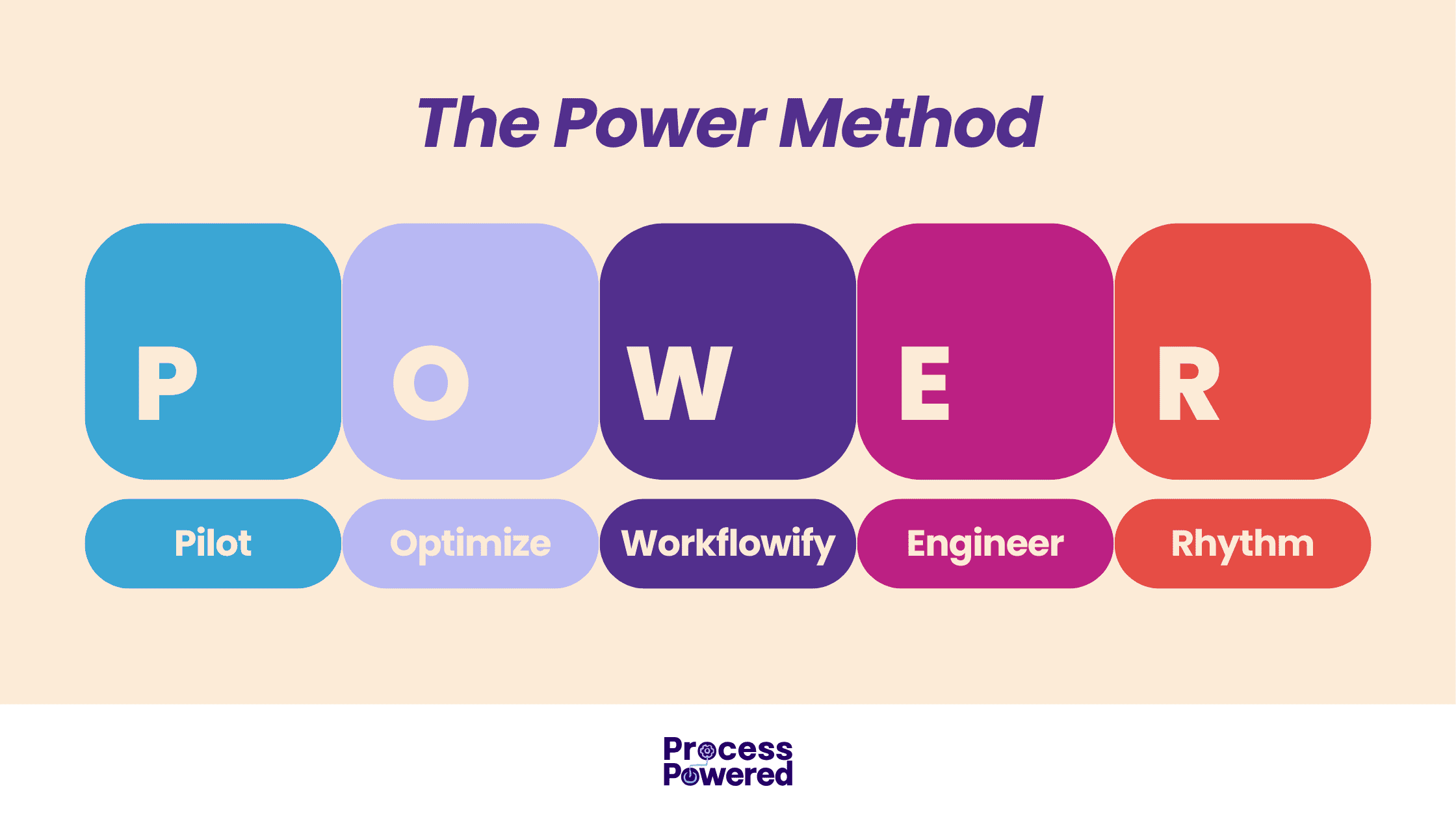Last Updated on February 9, 2025 by Monica Snyder
Most people rely on a single stream of income, but not you, you savvy songbird! You build an income stack to create the financial security needed to soar – look at how smart you are!
In this blog post, I'll cover eight possible types of income you could earn, including the upsides, downsides, who it is for, and who it is not for. My goal is for you to find one that makes the most sense to you so you can get started on doing it!
Disclaimer: If you don't know, I'm not a financial expert, and this article is for informational purposes only. It is not financial advice.
The 8 Income Streams We'll Be Covering
1) Earned – income from working a job
2) Profit – income from buying and selling
3) Capital Gains – income from assets increasing in value
4) Rental – income from renting an asset you own
5) Dividend – income from owning stock
6) Residual – income from previous work
7) Interest – income from lending your money
8) Royalty – income from others using your idea
Let's Jump In
1) Earned Income: Income From Trading Your Time for Money
Earned income is usually from working a job, but it could also be how you're paid in your business if you're a freelancer, contractor, or coach.

Example: You have a job at McDonald's and make $17.50/hour because you've moved up to crew leader.
The Upside: taxes are usually taken care of by the company or organization, and there's a clear-cut way for how much money you can make.
The Downside: it's not always easy to find a job that you enjoy or is well-paying, and there may be strict time boundaries.
Best For: someone who enjoys working with others, wants guaranteed income, isn't afraid of hard work.
Not Good For: those looking for more freedom in their schedule.
2) Profit - Income from Buying and Selling
Profit income is from buying and then selling products or services for more than you paid. This income is usually from a company you own, where you leverage assets, systems, and people to do work for you.

Example: You start a company that sells fruit from a food cart on the beach. You invest in purchasing the permits, the cart, the fruit, the fruit holders, and the person working at the cart. When customers buy fruit, you charge them. Your profit is the amount all the customers paid minus the total of the expenses.
The Upside: This can be an excellent way to make money because you don't have someone else telling you what to do and when. You're your own boss and can make the choices you think are best.
The Downside: This is a lot of work, responsibility, and venturing into the unknown on your part, so you must understand you're going to have a learning curve.
Best For: People that don't do well with being told what to do and are willing to go against the norm and create a business.
Not Good For: People that don't want to invest a lot of time and energy into their work, are looking for immediate gratification, or can only make decisions with a team.
If you're the type of person who wants to own your own company, then starting one is probably something you'll be interested in doing at some point.
3) Capital Gains - Income from Assets Increasing in Value
Capital gains can be a great source of income if you happen to have an asset that increases in value. This asset could be property, stocks, or even an art collection.

Example: You buy 1 share of stock in McDonald's (MCD) today for $100. Then, you wait two years, and it becomes worth $200 per share, so you sell it. Your capital gain would be $100.
The Upside: It's very passive. As you wait, your assets increase in value.
The Downside: You'll need some money saved up before investing. Also, It can take years for an asset like this to show any profit, and it's not easy to see what might increase in value.
Best For: People who have saved money and want to invest in something they believe might increase in value.
Not Good For: People who need quick, short-term profits because they can't wait years to see the return on their investment.
This is a good option if you don't need the income now but are looking for a steady stream of passive income.
4) Rental - Income from Renting a Property You Own
With rental income, you're providing someone with a place to vacation, live, work, or do business, and in return, they pay you nightly, weekly, monthly, or yearly.

Example: You buy a house, and the mortgage is $500 per month. The property tax and other upkeep are $500 per month, making your total expenses $1,000 per month. Your rent it out to someone for $1,500 per month. So you make $500 per month. Then, when you pay off the mortgage, you make $1,000 per month.
The Upside: This can be a fantastic long-term income stream. You'll need to make sure your property is in good condition and has an excellent location for renters.
The Downside: You'll have to manage your property wisely to keep it safe and reliable. You may need to deal with unhappy renters and costly repairs. You'll also need to be sure you can cover the expenses for periods where there are no renters.
Best For: People who have access to a large amount of money to invest and are willing to take the time, energy, and money needed for upkeep.
Not Good For: People who need more liquid assets or that have no experience maintaining a home.
Rental income is one of my least favorite income streams because it has a lot of potential downsides.
5) Dividend - Income from Owning Stock
Dividend income is money you get from owning shares when the company pays you part of the profits. If you own shares of stock, then as long as the company is doing well and paying dividends, they will pay you automatically through your dividend account.

Example: You own 1 share of stock in McDonald's (MCD). Every quarter (3 months), McDonald's pays your share of the profits to you. The amount paid in dividends changes based on the profits.
The Upside: This is a very passive income stream. Dividend stocks offer regular payouts and long-term growth potential, and you can start with as little as $100.
The Downside: You never know what will happen to the company, and if they stop paying dividends, you may not get any money.
Best For: People looking for a more passive income with low risk.
Not Good For: People who have little money to invest and need an income source that generates high cash flow.
If you're looking for a steady, reliable income stream, dividend stocks are the way to go. I have several in my portfolio and set it automatically to reinvest my dividends, so my passive income increases on auto-pilot.
6) Residual - Income from Previous Work
Residual income is the money you earn from work you've done in the past that is still selling today.

Example: If you create an ebook and list it on Amazon for sale. Each time someone purchases it from Amazon, you make money.
The Upside: Once you create the project, you don't need to continue working to generate income.
The Downside: There's a lot of up-front work, and you won't know if it will pay off or not. It can be hard to predict what people want.
Best For: People who love to create and publish their work.
Not Good For: People who need immediate income.
Residual income is a great way to make some extra cash because once it starts bringing in revenue, all of your efforts to create and publish the project can pay you for years.
7) Interest - Income from Lending Your Money
Interest is a great way to make money because all you need to do is lend out your money, and it will start generating income for you.

Example: You use a peer-to-peer lending site such as Prosper to lend money to those that need it. At the time of this writing, historical returns on Prosper average 5.4%. So, for every $100 invested, you'd make $5.40.
The Upside: This is passive income. After you've chosen who to lend your money to and signed the agreements, you collect on your investment.
The Downside: The interest rates are low, so the returns might not be substantial. Also, if people don't repay the loan, then you'll have lost the money invested.
Best For: People who want to invest their money and don't mind the risk.
Not Good For: People who want to make money fast or make poor choices on lending money.
Interest income is a fun way to earn passive income if you have a big heart and want to help others when traditional lending methods are unavailable to them.
8) Royalty - Income from Others Using Your Idea
Royalty income comes from patented, trademarked, copyrighted work, natural resources, or franchises you own.

Example: You write a song, and Taylor Swift sings it at her concert. She owes you royalties for performing your copyrighted work.
The Upside: You only have to put in the initial work once, and then your idea can generate money for years without any additional effort on your part. You also keep the ownership of the work.
The Downside: Getting your work protected can be expensive. Also, royalties are usually a “share the wealth” kind of deal. So, if the work isn't making any money, you won't be either.
Best For: Those with original works that others want to use.
Not Good For: Those that don't want to create original works or don't want to spend the time and money to protect the works or sell them.
Royalty income is excellent because it can be passive. But, like any investment, you should be aware that there's always a risk involved, and some royalty streams are more lucrative than others.
Which Income Stream Will You Stack Next?
You probably are already creating income from an Earned Income stream (#1 on the list). So, which one of these sparked your interest in making your next income stream?

👇 Let me know in the comments 👇









